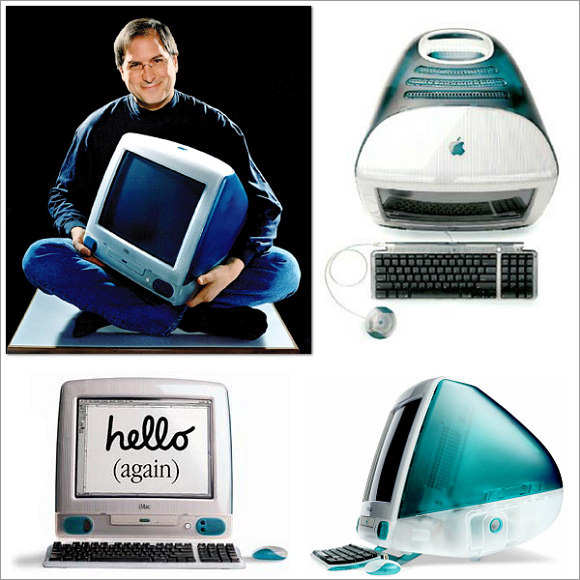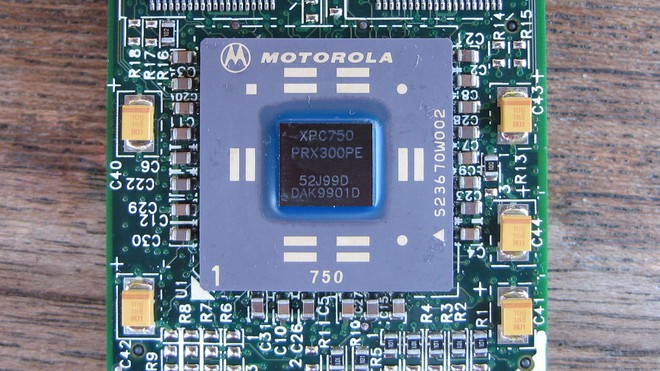The processor in Apple’s iMac G3 computer is still in use on more than 100 satellites orbiting the Earth.
Last month, a NASA probe robot landed on Mars on its scientific expedition to the Red Planet. With its big mission, many people believe that this robot will be equipped with the highest tech processors today, but it turns out that the processor is far behind many modern consumer electronics today when it is launched. 23 years ago.
NewScientist reports that the Perseverance probe robot is equipped with a PowerPC 750 processor, which was used on the iMac G3 launched in 1998 by Apple. It is also the line of RISC architecture processors used by Apple before moving to Intel processors later. (Currently, the company has reverted to using RISC architecture when moving to M1 on ARM-based design processors).
iMac G3, released in 1998
The PowerPC 750 is a single-core processor, clocked at 233 MHz, and compared to multi-core processors clocked up to 4.0 GHz or even 5.0 GHz of many consumer electronics today, this speed is too slow.
However, the PowerPC 750 was the first processor to feature dynamic branch prediction, still used on modern chips. Essentially, this CPU architecture allows the chip to be trained to predict which instructions the CPU will process to improve efficiency. The more information it processes, the better the chip will predict what to do next.
But there’s a key difference between Apple’s iMac processor and NASA’s Perseverance probe robot. BAE Systems has created an improved version of the PowerPC 750, also known as RAD750, which can withstand radiation levels from 200,000 to 1 million rad and temperatures ranging from -55 ° C to 125 ° C.
Mars does not inherently have an atmosphere like Earth to withstand radiation from the Sun so, if it is not firmly strengthened, as long as the sun’s rays hit the Mars probe, its journey will end when it is not. still started. Each of these robot probes costs up to $ 200,000, so adding layers of protection is never superfluous.
James LaRosa of BAE Systems told NewScientist: “A charged particle from outside the galaxy can pierce the device and destroy it. It can literally knock out electrons, it can literally knock out electrons. signal peaks in the circuit. “
But why is NASA still using this 23-year-old processor? It’s not about price – it’s about stability – these processors are the best chips for the job. NASA’s Orion spacecraft still uses RAD750 processors.
Considering the importance and duration of this mission, you will understand why NASA chose such an ancient technological component. After you’ve spent $ 2.7 billion to build a robot on Mars with a one-month mission, you need to make sure your technology is reliable enough to stand the test of time – until the smallest microchip is welded to it.
Currently, the enhanced RAD750 – or PowerPC 750 – is used for about 100 satellites orbiting the Earth, including GPS satellites, imagery, weather data, and other military satellites. According to Mr. LaRosa, to date none of them have been damaged.




